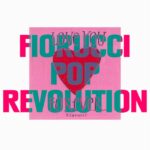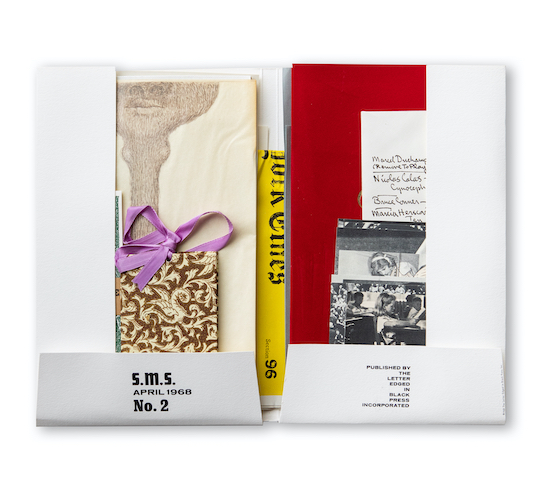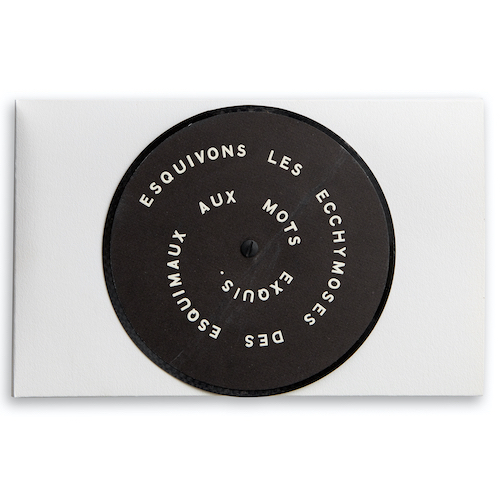
Fiorucci Pop Revolution
1 October 2024
La nascita della città moderna
3 October 2024Fondazione Cirulli is pleased to present the exhibition SMS: A Collection of Original Multiples, a selection of 30 works that are part of the editorial project designed and promoted by American artist William Copley in 1968.
Art periodicals S.M.S. (Shit Must Stop) were born in the 60s, when art was considered elitist and exclusive and was not perceived as something accessible to everyone. The S.M.S. portfolios, a joint project by William Copley and his friend Dimitri Petrov, were conceived to rebalance public access to art by questioning art objects as the exclusive prerogative of museums and galleries, making them accessible to all those who would request them via subscription.
Inspired by the Boîte-en-valise of Marcel Duchamp, Copley's friend and mentor, the S.M.S. project would present works by famous and lesser-known artists side by side. The collection consists of six editions released during 1968, for which it was possible to subscribe for $125. Each portfolio contains 12-13 works created by the most influential artists of the period and has many links to the dada movement, surrealism and pop art. It includes photographs, music, drawings, letters, texts and much more, a sort of creative wunderkammer with works ready to be assembled according to the instructions of the artists, which allowed the subscriber to interact with the artists and their works .


Aapproximately 100 artists contributed to the creation of S.M.S., including Meret Oppenheim, Yoko Ono, Bruce Nauman, H.C. Westermann, Claes Oldenburg, Roy Lichtenstein, Terry Riley, La Monte Young, Enrico Baj, Hollis Frampton, Lee Lozano, Ray Johnson, Joseph Kosuth, Diane Wakoski, Mel Ramos and Hannah Weiner. They all received the same compensation of $100 for the creation of the original work which was printed in 2000 copies and published by The Letter Edged in Black Press, a publisher owned by Copley.
This project also drew inspiration from the Fluxus movement which encouraged artists to join in a protest against galleries which claimed the authority to establish the value of artworks. In this view artists should have been presented directly to the public, with no galleries intermediation.

